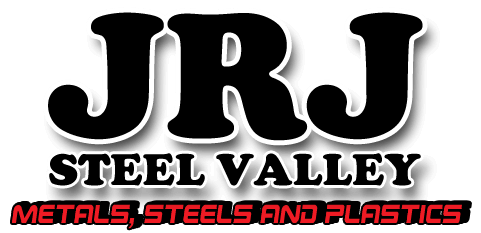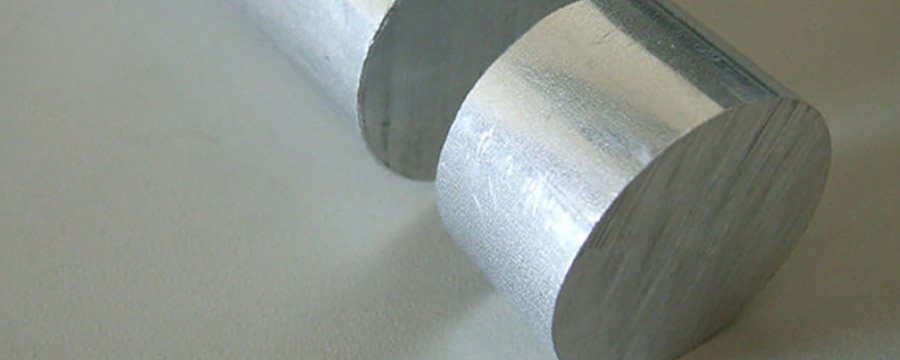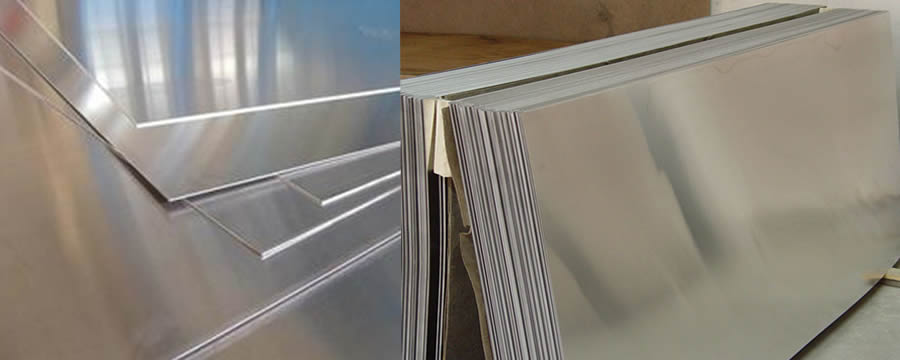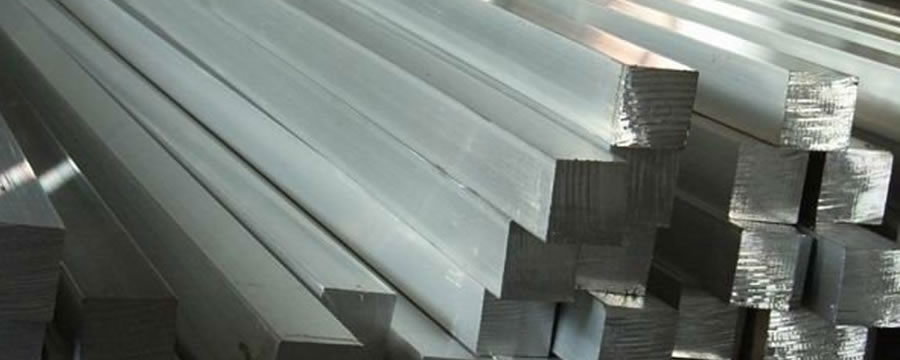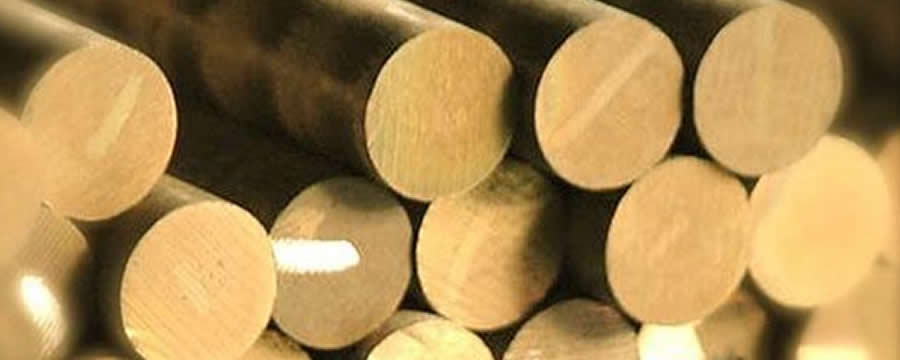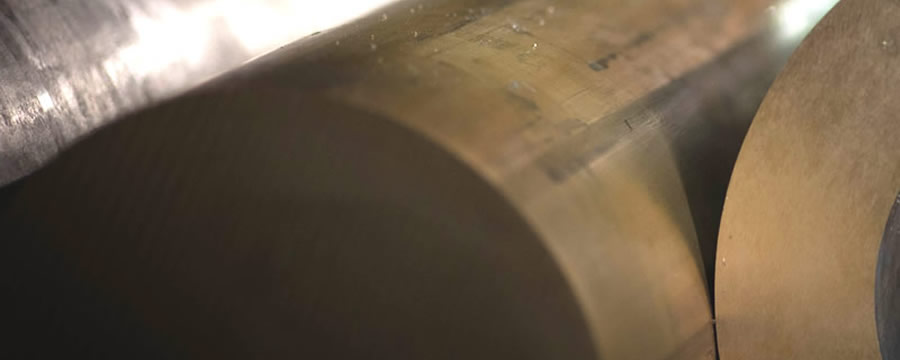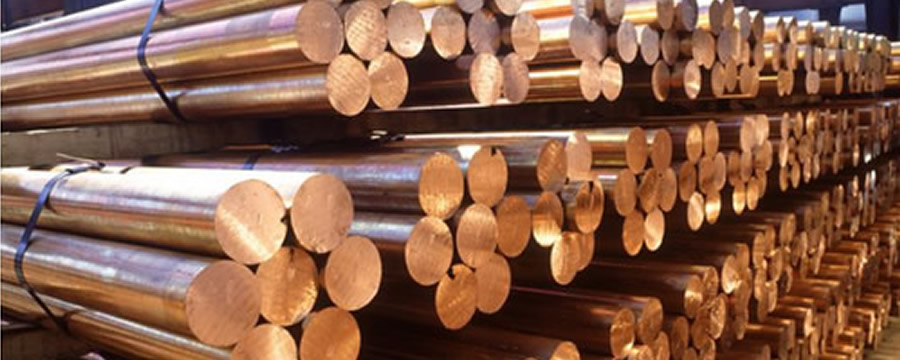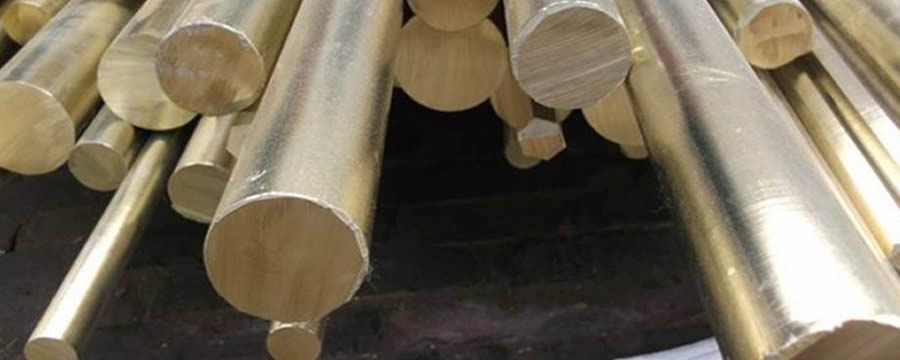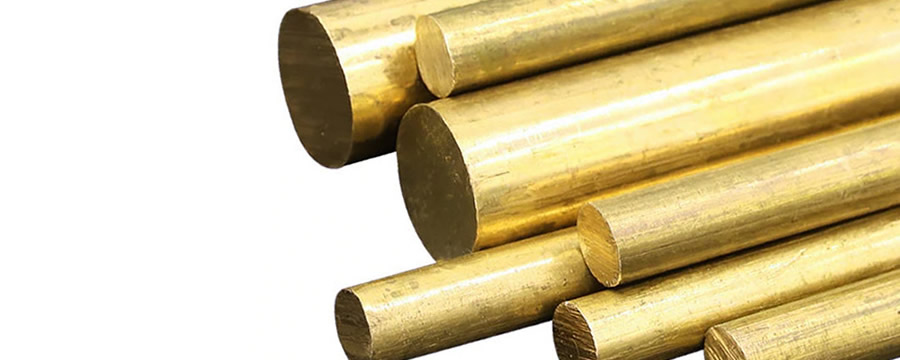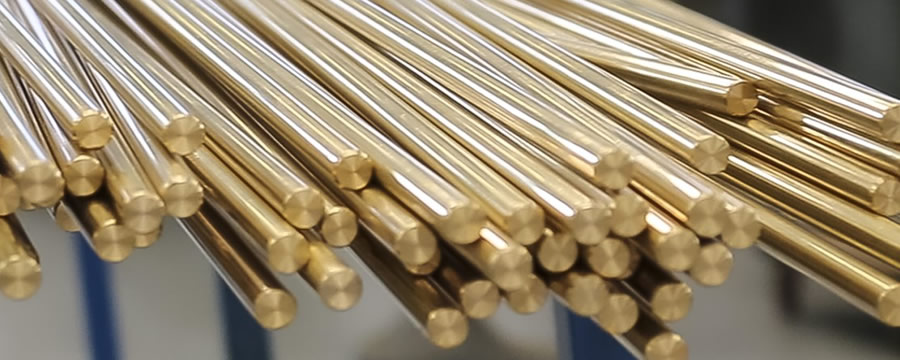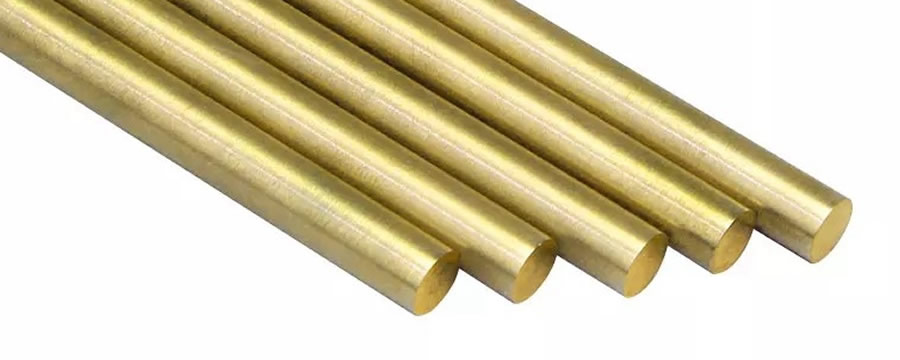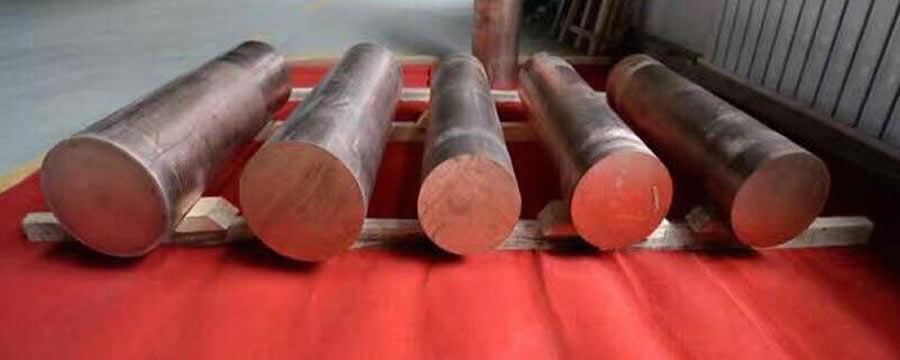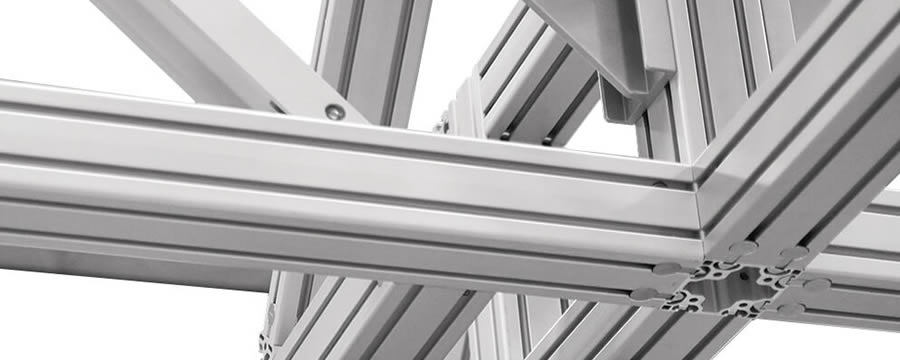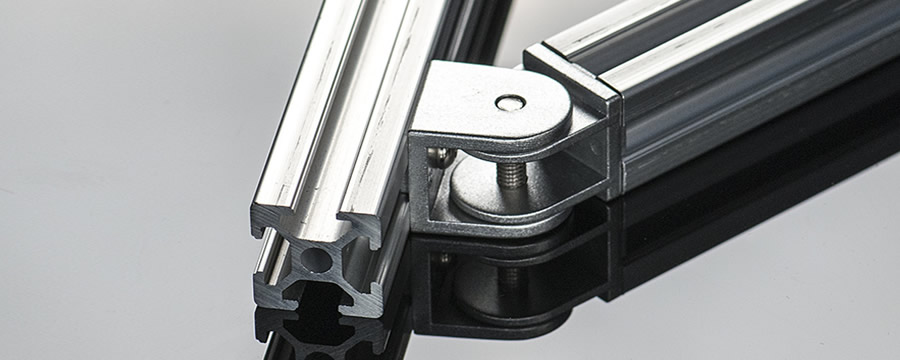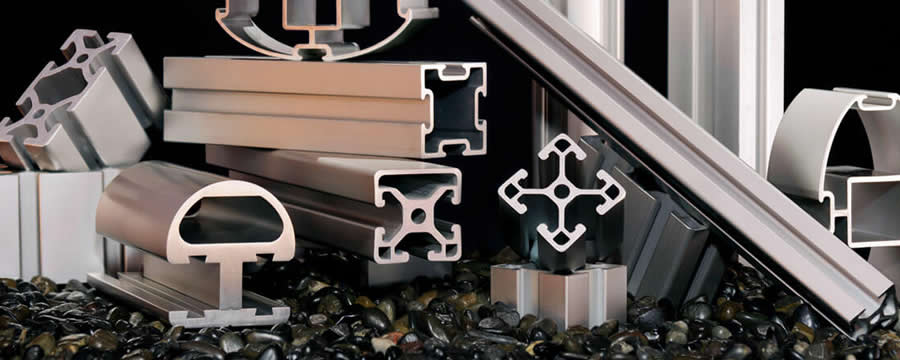Aluminum 6061-T6
In addition to its natural features (excellent conductivity, lightness, null toxicity and doesn’t produce spark), 6061-T6 aluminum offers the following advantages:
• Higher resistance than the 6063 alloys
• Thermal treatment prepared
• Artificially aged
• Optimal conformation with cold
• Excellent features for strong and arc welding.
Benefits
When you need a truly reliable product, consider the 6061-T6 aluminum, due to its quality guarantees the following benefits:
• Excellent corrosion resistance
• Great tensile strength
• Excellent machinability
Bronze 660
Characteristics
It’s a common alloy for industrial use, offering great results for medium duty and normal lubrication conditions. It’s thin, compact and uniform, with good anti-friction characteristics and high wear resistance under high pressures with average speeds. It has tensile strength of 35,000 psi and a hardness between 60 and 65 Brinell.
Recommendations
Excellent for making small gears, parts of pumps, valve seats and general machinery wich needs a fine and stable bronze.
Brass 360
Properties
It may be melted and cast brass parts with sand molds, metallic molds or ingot molds, gravity or pressure injection molding machines. Also lost wax for parts of complex geometries generally used in jewelry.
- Excellent behavior and plasticity in hot stamping.
- It supports good cold deformation, when the alloy is rich in copper (from 60% content). It has good malleability and ductility.
- It is a good conductor of electricity, hence its use in numerous pieces of electrical equipment and electronics.
- It is a good thermal conductor.
- Good corrosion resistance. Hence its use in plumbing and pipe connections for water pipes and other fluids.
- It has excellent welding properties.
Copper II & III
Characteristics
- High electrical and thermal conductivity
- Good resistance to corrosion
- It’s nonmagnetic
- Non-sparking
- It can be welded with brass and tin
Some applications include: pipes, radiators, automotive gaskets, pressure vessels equipment for distilleries, bodie lamps, kitchen utensils, chemical process equipment, electrical terminals, architectural structures and perforated screens.
Some classes in which special coppers are divided are:
-
- Class 2 known as 18150 or chromium zirconium copper, commonly used in electrode manufacturing for welding resistance. Zirconium does not allow the electrode sticking when galvanized sheets are welding
- Class 2 (a) known as chromium or copper 18200
- Class 3 known as nickel or copper beryllium 17510
Aluminum structural framing
Properties
It may be melted and cast brass parts with sand molds, metallic molds or ingot molds, gravity or pressure injection molding machines. Also lost wax for parts of complex geometries generally used in jewelry.
- Excellent behavior and plasticity in hot stamping.
- It supports good cold deformation, when the alloy is rich in copper (from 60% content). It has good malleability and ductility.
- It is a good conductor of electricity, hence its use in numerous pieces of electrical equipment and electronics.
- It is a good thermal conductor.
- Good corrosion resistance. Hence its use in plumbing and pipe connections for water pipes and other fluids.
- It has excellent welding properties.
Address details
1517 San Patricia Dr.
Suite A Pharr Texas 78577
Telephone
(956) 961 - 4503
E-mail address
info@jrjsteel.com
Office hours
Monday to Friday
8:00 am - 5:00 pm

